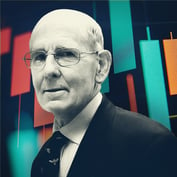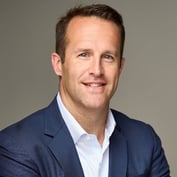The upper middle class is surging, according to a recent study. One big reason: Its members are passing on more than money.
The upper middle class, defined using incomes adjusted for inflation and family size, expanded from 12.9 percent of the U.S. population in 1979 to 29.4 percent in 2014, an Urban Institute report released in June found. Together, the upper middle class and the rich had 30 percent of income in 1979 and 63 percent in 2014. In the same period, the middle class’s share of income declined from 46 percent to 26 percent.
In addition to showing that the richest 1 percent of Americans aren’t the only ones who have gotten richer, the study adds evidence to the link between income and education. Fifty-eight percent of the upper middle class had four-year college degrees in 2014, up from 26 percent in 1979. About 32 percent of the U.S. population had four-year degrees in 2014.
“The issue really is that there’s become a divide between people who get the four-year degree and people who don’t,” said labor economist Stephen Rose, the study’s author.
“Education is more inherited than income. There’s a bigger association between your educational status and your parents’ education status than your income status and your parents’ income status,” said Richard Reeves, a senior fellow in economic studies at the Brookings Institution.
That doesn’t mean income plays no role. It turns out the four-year degree doesn’t affect earnings increases equally. Even with the degree, students from low-income backgrounds get less of an income bump throughout their lives than those from wealthier backgrounds, said Brad Hershbein, an economist at the W.E. Upjohn Institute for Employment Research.
In Hershbein’s findings, released in February, people from low-income backgrounds started their careers with two-thirds of the income that people from high-income backgrounds did, with the fraction declining to one half by the time their careers ended.
And what about that statistic showing only 58 percent of the upper middle class with four-year college degrees — isn’t it striking more for how low it is than for how high? Hershbein reasons that the 42 percent without the degree are probably disproportionately from higher-income families.
Other explanations are that they marry into the group, are in such fields as nursing that have relatively high incomes without requiring a four-year degree, or have successful small businesses, said Reeves. He’s writing a book called Dream Hoarders in which he examines how the income gap is passed down from generation to generation.








 July 18, 2016 at 07:27 AM
July 18, 2016 at 07:27 AM










